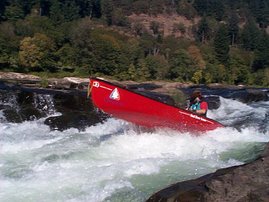 .
.The beach is looking fairly clean I saw no bunker fuel or bird deaths like in the past when visiting her.
Wednesday June 26, 2007 I went for a hike to see the New Carissa before our State wastes 20 million dollars removing an interesting artifact of government incompetence.
The local tug boat captains, salvage divers and general public have told me they believe when this boat first ran aground there were people in Coos Bay ready willing and able to save the ship. Unfortunately the captain left the boat via Coast Guard helicopter and when he did the chain of command was broken.
The story I was told is the unified command was set up of State and Federal staff that spent millions of dollars ruining this savable ship. They had insurance money to spend and anxiously spent as much as possible very quickly. It seemed if they were more interested in playing with the pyrotechnics and guns than saving the ship. They set the vessel on fire, they bombed it shot it with cannons they even broke it in half. They drug the bow out to sea and lost it on another beach which also was fouled with bunker fuel before finally sinking it with a torpedo. We were glad their arsenal did not contain a nuclear weapon.
Fishing boat off the beach next to the New Carissa.

Close up of the listing stern covered with marine growth on flood tide.

Shells and treasures on the Oregon Beach with the New Carissa in the background.











